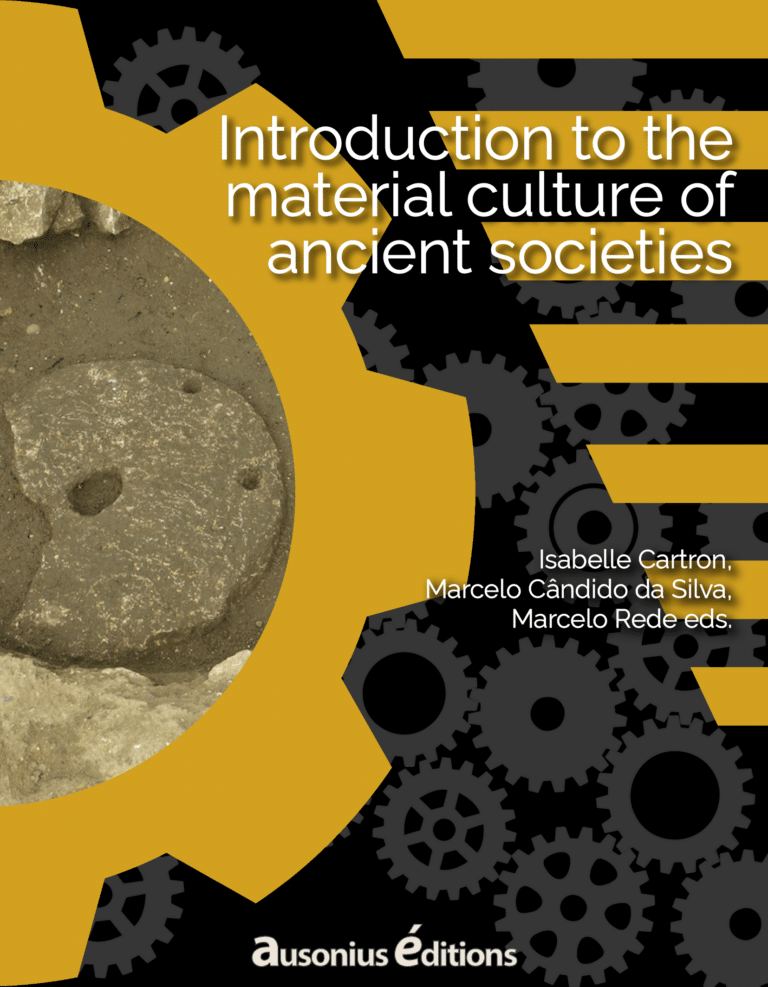Petit-Aupert’s text deals with rural residences in the Aquitaine region, between the 1st and 5th centuries AD; the author distinguishes two types of housing: the first is the villa, that is, a large-scale farm complex that comprised master’s residential buildings, thermal spaces, buildings for an agricultural production activity and estate’s land. As the property of the highest social class, a villa has ample dimensions and sumptuous decoration. Archeological excavations and aerial revelations show that the larger villae continued to develop until the 5th century, while the smaller ones were abandoned between the 2nd and 3rd centuries. The second type is a simple ‘farm’, and, a rural settlement marked by simplicity of the form, small size, and absence of comfort: some farm buildings were even more modest, like huts, with a tiled roof and clay floor. In such constructions, the area for work activities mixed with the residential one, and the settlement was generally isolated.
Miatello’s text covers the chronology of the Western Middle Ages and compares peasant dwellings to urban ones; the author notes that it is not possible to deduce a typology that properly expresses the varieties of each region and the changes over the millennium. Between the 5th and 10th centuries, rural houses were made of wood and clay, and covered of straw, while urban houses could be made of masonry. And in both cases, their internal dimensions were reduced to one or two rooms. From the 11th century onwards, rural houses began to concentrate and integrate productive activities into the domestic spaces, while the lord’s houses took on the shape of a military fortress. In cities, houses were affected by the shortage of surfaces: residential buildings were compressed and verticalized (with three or four floors) and the backyard disappeared. And then the model of the casa porticata appears (the residential area on the upper floor and the commercial activities on the ground floor).



